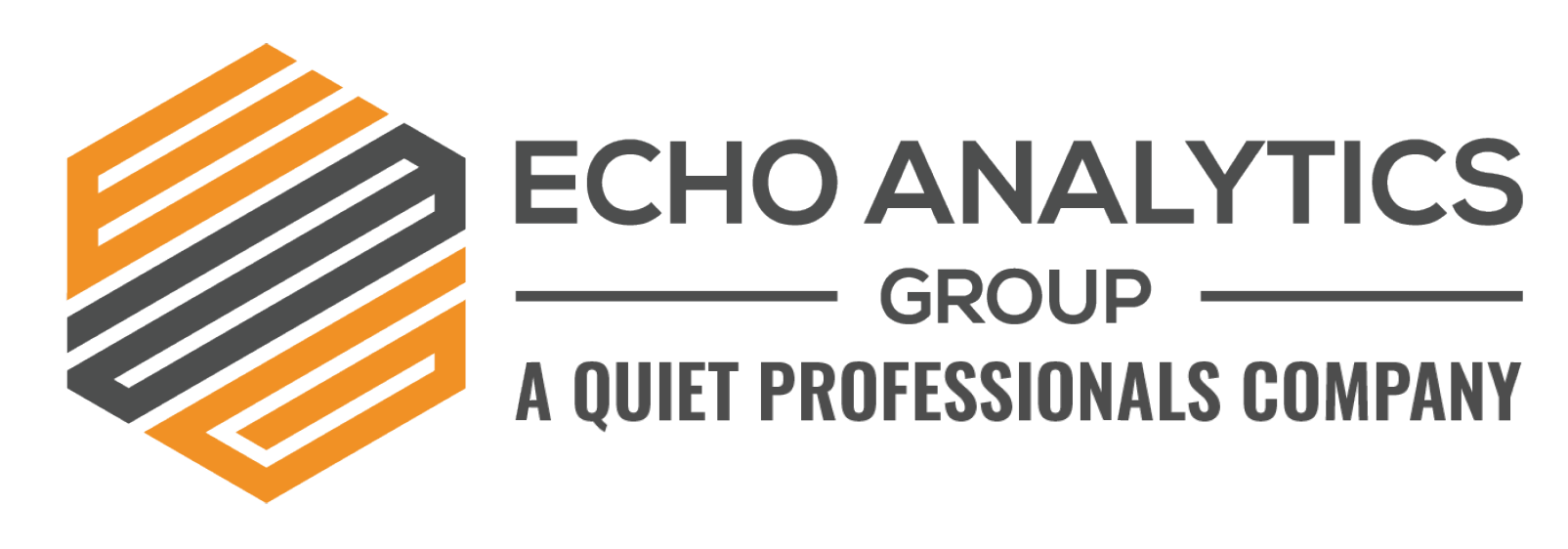
Intelligence agencies and commercial companies have long struggled with the concept and inception of adopting open-source intelligence (OSINT) into their range of capabilities. Open-source intelligence is a way of collecting and analyzing publicly available information. In today’s world, there is no shortage of content. The data is overwhelming and is outpacing the available resources of skilled open-source analysts who are trained on the methodology to apply critical thinking skills.
Traditionally, government agencies have gathered intelligence in a sensitive compartmented information facility often referred to as a SCIF. The purpose of a SCIF is to safeguard and store classified information. This practice is now being challenged by intelligence professionals who recognize the value behind publicly available information (PAI) and the advancements of OSINT.
Active collection of intelligence to answer requirements has been a constant. However, today intelligence and research professionals can take a more passive role in the collection process. This is due to the overwhelming number of social networks and content creators, who intentionally engage with digital content at an average rate of 3 hours per day, according to Hootsuite Social Analytics.
Nefarious actors, organizations, and entities are sharing and making their presence known at an alarming rate, and they are doing it on public channels. The speed at which this valuable information gets to the collector can now be instant. A recent example is the Ukraine/Russia conflict.
Even though OSINT and its methods have technically been around for almost a century and the term was not coined by the US Military until the 1980s, the conflict in Ukraine, civil unrest, and the crippling economic effects of COVID shined a brighter light on the need to timely and accurately collect public information.
To know a populace you must engage them, and what better way to know a distant populace than to ingest their by-the-minute sentiment and first-hand reports of an ongoing situation?
The conflict in Ukraine alone showed the value of publicly available satellite imagery to depict Russian military movements and posts from actual military members on the ground illustrating the disinformation and misinformation being spread.

OSINT, being comprised of rapidly growing amounts of cell phone videos, online information, social media, and commercial images, has enabled intelligence professionals and at-home analysts to collect information around the globe, with no need for classified capabilities.
There is a vast amount of PAI which grows worldwide by the second. The intelligence community can no longer ignore the wealth of that information and its place in answering real-world requirements.
What currently lacks in the commercial space and government abroad is the training to enable analysts and researchers to harness this trove of information, but most importantly do it accurately and timely with the depth it requires. The military is now taking notice of commercial OSINT training for its own analysts to fully capture the common operating picture of any situation.
With the major disruption to international economies by COVID, having by-the-moment information was key to being proactive to ensure corporations large and small could have enough reaction time to redirect logistic lines, prepare for shortages, and handle appropriate customer needs. Many companies tapped into social media to uncover supply chain insights of panic buying during the pandemic. When researchers looked at sentiment across 200k social media posts to observe influence of individuals’ perception of threat to the supply chain and scarcity of products, it ultimately led to panic buying and creating a strain on the supply chain.
This critical need for OSINT and the collection of PAI was captured by Harvard Business Journal in an article titled “OSINT – The untapped treasure trove of United Nations Organizations,” where it outlined the catastrophic loss to international agendas and economies was due to a lacking ability to collect the raw social data and interpret it into global business decisions.
There are over 500 million tweets worldwide that are published each day. Facebook adds 350 million photos daily. YouTube adds 720,000 hours of video and Reddit has 500,000 comments every 24 hours. With that sheer amount of public data each day, the ability to harness that and ingest it into answering real-world problems is of extreme value and importance to any commercial and government industry.

Image Source: Domo
There still is an immense value and always will be to having classified means of collecting information and data to enable decision-makers to affect ongoing problem sets. The sensitive data that is collected by classified means is a key to ensuring those decisions are accurate and proportionate. On the other hand, not all issues need large-scale solutions. Insight and analysis of current local and international issues can be and are derived from much cheaper and easily accessible sources.
The need for an OSINT capability, no matter the industry or requirements, is growing exponentially. Companies large and small have taken notice and begun filling OSINT analyst positions within their ranks to increase proactive decision-making that keeps their interests, brand, personnel, and property safe.
Our Assessment
Commercial industries will lead the OSINT training venture and increase their abilities with technology backed by methodology. As common, the government will take the ability to a new level to answer real-world requirements which will feed the commercial technology and training environment. Industries that currently lack a capable OSINT function within will struggle to stay ahead of quickly changing situations and information. Forward-leaning organizations will quickly train and enable their own analysts to collect and analyze PAI. The landscape of social analytics will continue to increase but so will privacy restrictions, changing with the adaptation of collection abilities. Businesses and organizations that fail to see the immediate need for OSINT capabilities will continue to struggle with ongoing economic, cultural, and social changes, ultimately affecting their brand and public standing.

